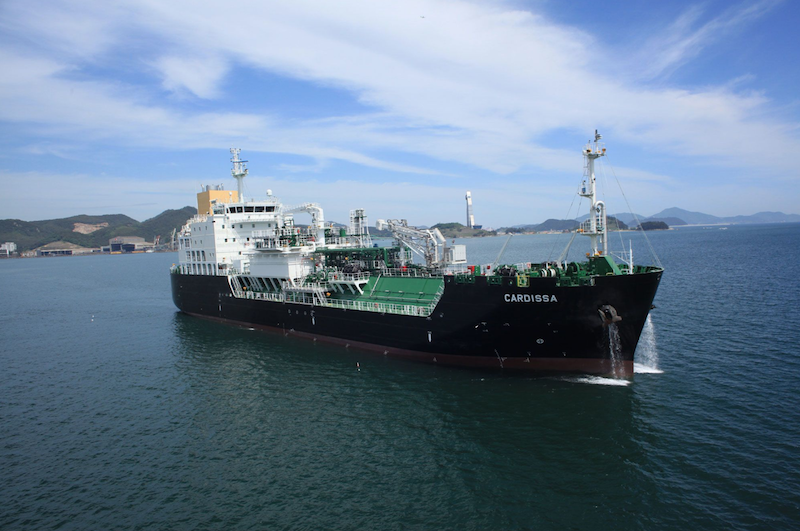At Marine Money Week in New York in June, topics related to fuels dominated the event, eclipsing the usual fare at the conference — loan covenants, private equity investments, etc.
Questions addressed at the event included: What happens in 2020 with tighter restrictions on sulfur in marine fuels? In 2016, the International Maritime Organization (IMO) approved a plan to reduce the maximum allowable levels of sulfur and other pollutants in marine fuels used on the oceans from 3.5% by weight to 0.5% by weight by 2020.
Randy Giveans, vice president, equity research at Jefferies LLC said, “However, there was no consensus on how to best comply with the low-sulfur regulation, with proposals ranging from scrubbers, various low-sulfur fuel blends, and even LNG as fuel.”
A large percentage of the workboat marketplace is already burning low sulfur diesel fuels (compared with oceangoing vessels that burn residual fuels with up to 3.5% sulfur) that are compliant with the new IMO rules. Nevertheless, the workboat sector will feel the effects of “2020.” A key takeaway is that prices for diesel fuel will rise as refiners scramble to meet extra demand (up to four million bbls. per day by some estimates). The rise (measured by the “spread” of low sulfur diesel over residual fuel, currently working back to around $225/ton) comes against the backdrop of a likely rise in oil prices.
Warren Russell, vice president and commodities strategist at Bank of America Merrill Lynch, suggested that Brent oil could remain around $75 bbl. this year, but with various supply drawdowns, might reach $90 bbl. in mid-2019.
LNG, an important topic, was mentioned notably as a fuel for vessels. Rolf Stiefel, vice president sales and marketing at Winterthur Gas & Diesel Ltd. (WinGD) praised the use of LNG for oceangoing vessels. “It makes shipping greener by substantially reducing related emissions,” he said, noting that bunker facilities were expanding to meet the requirements.
“Now there are five LNG bunkering vessels around, with 14 on order,” said Peter Keller, executive vice president at Tote Inc., who also heads up Sea\LNG, a multisector industry coalition created to accelerate the widespread adoption of LNG as a marine fuel. “Nine of the 12 major bunkering ports in the world are moving towards LNG … with LNG fuel available in 67 ports," with more on the way.
The market for PSVs, AHTs, OSVs and other offshore service vessels received a lukewarm forecast from Adrian Economakis, COO of UK-based VesselsValue Ltd. “Offshore work is slow,” he said. “There’s still a huge amount of oversupply.” A glimmer of hope in a market where the values of all asset categories are below historical averages, is the jackup rig sector. VesselsValue data said jackup values are up 37% in the past year.




